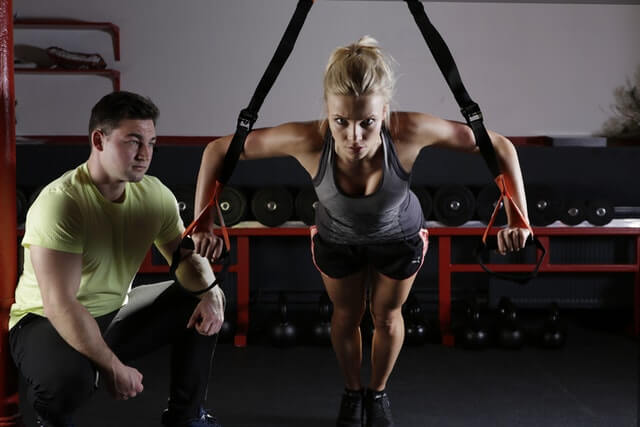Mind-to-muscle connection (MMC) is about moving with intention, and properly feeling the contraction of the muscles you’re trying to work when doing an exercise. The more you can work on improving the connection between your mind and muscle contraction, the more you can recruit the correct muscles during an exercise and see the result you want.
Learn more about MMC on our blog on LinkedIn or on our website!
Mind-to-muscle connection is about moving with intention, and properly feeling the contraction of the muscles you’re trying to work when doing an exercise. The more you can work on improving the connection between your mind and muscle contraction, the more you can recruit the correct muscles during an exercise and see the result you want.
This is where the distinction between primary and secondary muscle groups comes in; most if not all exercises will recruit more than one muscle group, and it’s important to be mindful of which muscles you can actually feel are working in order for it to be effective. For example, if you are doing lat pulldown but then you feel yourself using more of your biceps or leaning too far back with the momentum and recruiting more of your rhomboids to pull the bar down rather than your lats and traps.
Instead of focusing on pulling the highest weight or the most amount of reps, it is crucial to start with the correct form and improve that mind-to-muscle connection when you want to progress in weightlifting. Muscle growth is seen when they are forced to contract that target muscle group to pull or push a weight, rather than simply moving the weight. By utilizing the incorrect form and bad mind-to-muscle connection, you end up spreading the weight load across various secondary muscle groups rather than your focus, primary muscle groups, and can also increase your risk of injury.
A great way to develop a strong mind-to-muscle connection is to start with warm-up sets and to perform the exercise slowly. By starting out with a warm-up set with significantly lower weights and higher reps, you are concentrating on isolating that muscle and getting a feel for the exercise before going into your working weight sets. Another tip is to flex the target muscles in between sets to pump them up further, so that muscle isolation and the connection is easier.
To learn more, visit Train Fitness.



